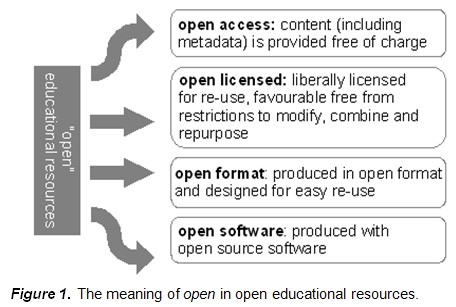
Summary
This week’s reflection will be on the article “What is inclusive design?” This article discusses Inclusive design and Universal design. It also talks about the similarities and differences.
According to this article, inclusive design aims to embrace diversity by allowing adaptability and flexibility in its designs. This means inclusive designs can be changed for individuals and their unique needs. Universal designs aim to find one design that works for as many people as possible (it is one design, unlike inclusive designs that can adapt to each person).
There are 3 dimensions of inclusive design:
- Recognize diversity and uniqueness
- Inclusive process and tools
- Broader beneficial impact
My Thinking
Prior to this reading, I had only heard of Universal design for learning or UDL. This past year, many of my assignments had the requirement of adding in UDL to my lesson plans. For that reason, I’m quite familiar with the idea. However, I had no idea about inclusive design.
I love the idea of inclusive design more then UDL. Although UDL is great, I find it hard to imagine a singular lesson plan that works for everyone. Even if the original plan has been adapted to fit in UDL, it still can’t possibly be perfect for the diverse needs of every individual. Inclusive design seems to be the better option because it allows students to personalize the design to their needs. But how does this work? It seems almost to good to be true.
I’m imagining a teacher, with 20 students, who all have different needs. Theoretically, having each lesson planned using inclusive design would be beneficial to the learners and is best case scenario. But how can a teacher ensure all 20 students have a design that works for them for every lesson? It seems like an overwhelming and unrealistic amount of time and work would have to be put in. This would lead to teacher burnout. I agree that it is extremely important to do as much as possible to guaranty student success. However, where do we draw the line? Teacher’s mental health is also a factor we must take into account. In an ideal world, there would be a less student to teacher ratio (example: one teacher per 5 students). Unfortunately, this is not realistic.
As I think more and more about this topic, I realize this brings up questions of ethics. Is teacher burnout okay if students are excelling? Where do we draw the line if its not okay?
Conclusion
Overall, inclusive and universal design are both excellent and should be incorporated wherever possible. In theory they work well, but when put into practice there are some ethical questions that need to be addressed.
Thank you for reading my blog! I hope this sparked some deep thinking for you. I feel like I have more questions now than before this blog. I’d love to hear your thinking on this subject!
~ Mady Chase
References
Inclusive Design Research Centre. (n.d). What is inclusive design? Inclusive Design Research Centre. https://idrc.ocadu.ca/about/philosophy/


